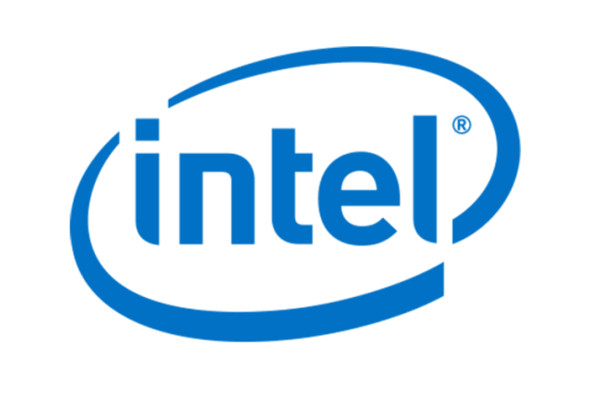
In recent years, the semiconductor industry is ushering in a technological innovation change. Intel and Samsung, two of the world's top technology companies, are actively developing and promoting glass chip technology to challenge Taiwan Semiconductor Manufacturing Company (TSMC), which dominates semiconductor manufacturing. Glass chip technology is expected to bring significant performance improvements and cost savings, which has made it the focus of attention in the industry.
Advantages of glass chips
Glass chip technology mainly relies on the excellent properties of glass materials. Compared with traditional silicon wafers, glass has higher thermal stability and lower coefficient of thermal expansion, which means that at high temperatures, the glass chip can maintain better stability, thereby improving the reliability and performance of the EPM7128SQC160-15N chip. In addition, glass materials have higher electrical insulation, helping to reduce interference between electronic devices, improve signal transmission speed and data processing capabilities.
Intel and Samsung's strategic layout
Intel's technological breakthrough
Intel has always been a leader in the semiconductor industry, and it has rich experience and technology accumulation in chip manufacturing. In recent years, Intel has increased its investment in research and development of glass chip technology, and has made a series of important breakthroughs. By using advanced manufacturing processes, Intel has successfully developed glass chips with higher integration and lower power consumption. These chips not only exceed the traditional silicon chip in performance, but also have a certain competitive advantage in cost.
Intel's goal is to further enhance its competitiveness in the high-performance computing and data center markets through glass chip technology. The company has partnered with a number of major technology companies to commercialize glass chips. In the future, Intel plans to apply glass chip technology to more fields, including artificial intelligence, autonomous driving and the Internet of Things.
Samsung's marketing strategy
As the world's leading electronics manufacturer, Samsung is also strong in the semiconductor field. Samsung began to lay out glass chip technology as early as a few years ago, and through continuous technological innovation, gradually narrow the gap with TSMC. Samsung's glass chips not only perform well in performance, but also have obvious advantages in manufacturing process and cost control.
Samsung's strategy is focused on improving its competitiveness in the mobile device and consumer electronics markets through glass chip technology. The company has launched a number of smartphones and tablets using glass chips, which have won wide recognition in the market. In the future, Samsung plans to further expand the application range of glass chips and accelerate the iteration and upgrade of related technologies.
TSMC's response
As the world's largest semiconductor foundry, TSMC has an undisputed leading position in the field of chip manufacturing. In the face of challenges from Intel and Samsung, TSMC is also actively exploring and developing new technologies to maintain its market competitiveness. Although TSMC's progress in glass chip technology is relatively slow at present, the company has begun to lay out related areas and plans to launch competitive products in the next few years.
TSMC's strengths lie in its strong manufacturing capabilities and well-developed supply chain system. Even with the challenges in technological innovation, TSMC has been able to maintain its leading position in the market through its proven production processes and large-scale manufacturing capabilities. In addition, TSMC is constantly expanding its customer base and establishing partnerships with more technology companies to consolidate its market share.
Future outlook
The rise of glass chip technology marks the semiconductor industry has entered a new stage of development. For Intel and Samsung, glass chips are not only a breakthrough in technological innovation, but also an important means to enhance market competitiveness. With the continuous maturity of technology and the gradual promotion of applications, glass chips are expected to usher in explosive growth in the next few years.
However, the promotion of glass chip technology also faces a series of challenges. First, the complexity of the manufacturing process and cost control are key issues that need to be addressed. Secondly, market acceptance and application scenarios also require time and market education. All these require related enterprises to invest more resources and energy in technology research and development and marketing.
Overall, Intel and Samsung's breakthroughs in glass chip technology are pushing the semiconductor industry a big step forward. Although TSMC still has a large market advantage in the short term, the competitive landscape of the semiconductor industry will change profoundly with the continuous emergence of new technologies. In the future, who can take the initiative in technological innovation and marketing promotion will be able to stand out in this fierce competition.
The Products You May Be Interested In
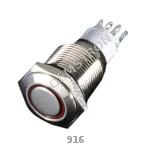 |
916 | SWITCH PB 16MM RED LED | 132 More on Order |
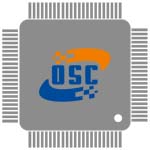 |
3104 | PUSHBUTTON RED POWER SYMBOL MOM | 391 More on Order |
 |
3983 | MINI SOFT TOUCH PUSH-BUTTON SWIT | 164 More on Order |
 |
2167 | SENSOR CROSS-BEAM 250MM OPEN COL | 102 More on Order |
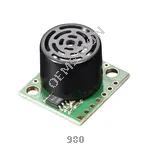 |
980 | MAXSONAR RANGEFINDER LV-EZ2 | 159 More on Order |
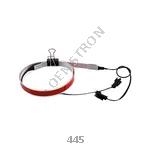 |
445 | ELECTROLUMINESCN STRIP RED 100CM | 370 More on Order |
 |
2556 | DIGITAL RGB LED WEATHERPROOF STR | 124 More on Order |
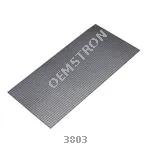 |
3803 | ADDRESS LED 64X32 FLEX RGB MATRX | 262 More on Order |
 |
2433 | DOTSTAR LED STRIP - ADDRESSABLE | 350 More on Order |
 |
2535 | NEOPIXEL DIGITAL RGB LED STRIP - | 485 More on Order |
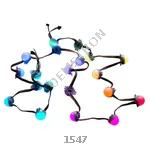 |
1547 | ADDRESS LED STRIP SPI RGB 2080MM | 354 More on Order |
 |
2540 | NEOPIXEL DIGITAL RGB LED STRIP - | 216 More on Order |
 |
2485 | RGB LED WEATHERPROOF FLEXI-STRIP | 196 More on Order |
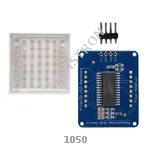 |
1050 | ADDRESS LED MATRIX I2C YELLOW | 465 More on Order |
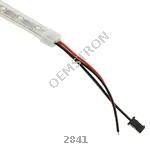 |
2841 | ADDRESS LED STRIP SERIAL RGBW 1M | 550 More on Order |
 |
2968 | ADDRESS LED STRIP SERIAL RGB 1M | 284 More on Order |
 |
4245 | FLEXIBLE RGB NEON-LIKE LED STRIP | 356 More on Order |
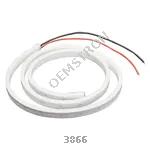 |
3866 | FLEXIBLE SILICONE NEON-LIKE LED | 460 More on Order |
 |
333 | TOUCH SCREEN RESISTIVE 3.2"" | 398 More on Order |
 |
250 | LCD ST7565 GRAPH 128X64 RGB BKLT | 213 More on Order |
 |
1770 | 2.8"" TFT LCD TOUCHSCREEN | 500 More on Order |
 |
2972 | LED CHARLIEPLEXED MATRIX - 9X16 | 261 More on Order |
 |
1056 | LASER DIODE 650NM 5MW 10MM DIA | 437 More on Order |
 |
1399 | RGB 7-SEGMENT 1"" COMMON ANODE | 416 More on Order |
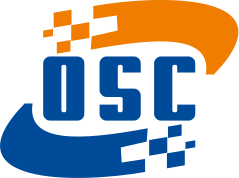
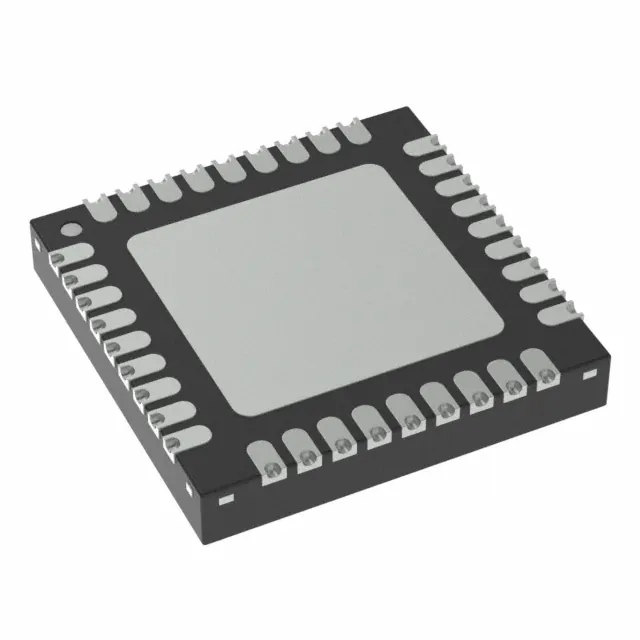 Semiconductors
Semiconductors









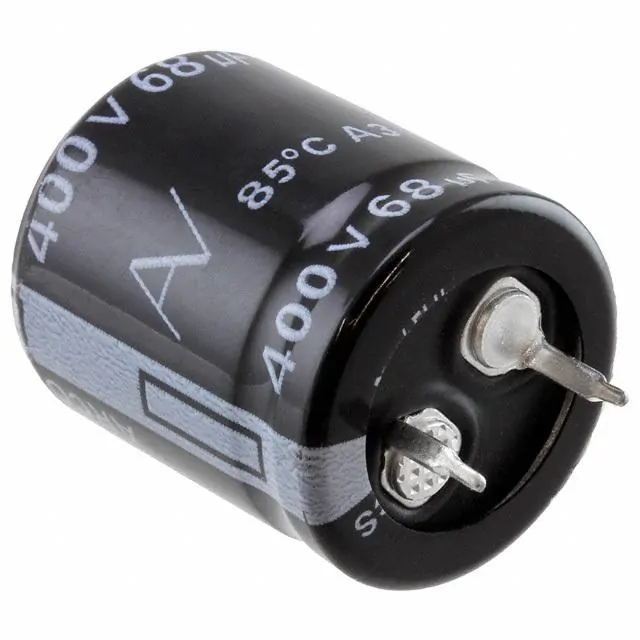 Passive Components
Passive Components









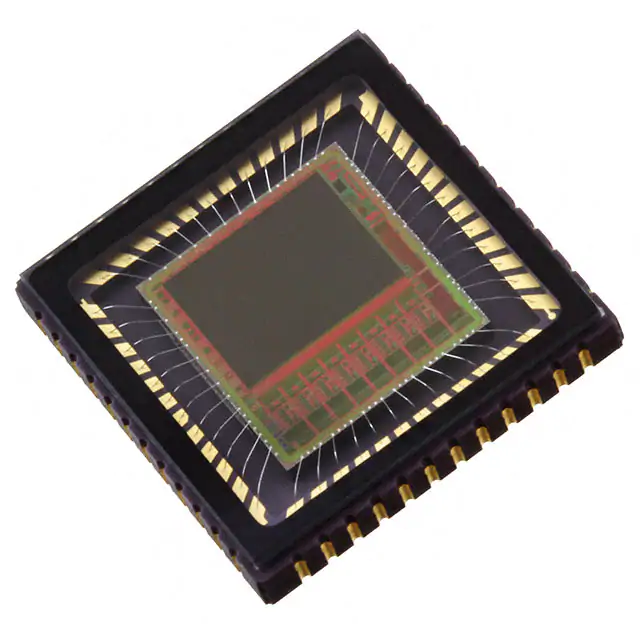 Sensors
Sensors








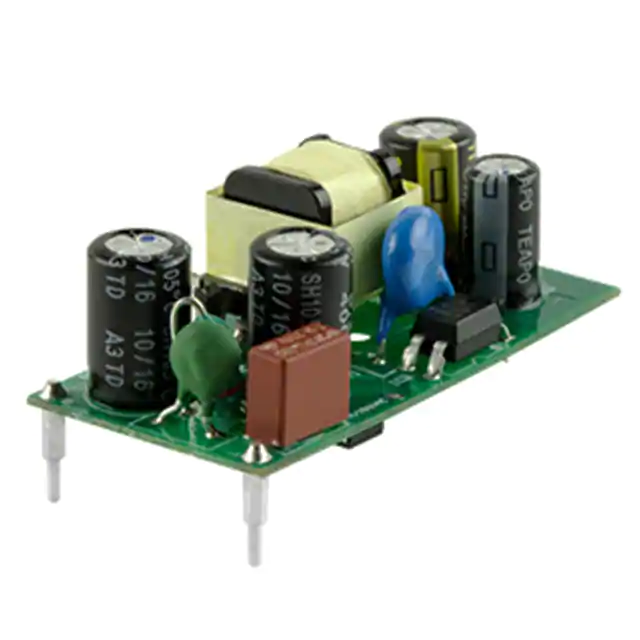 Power
Power









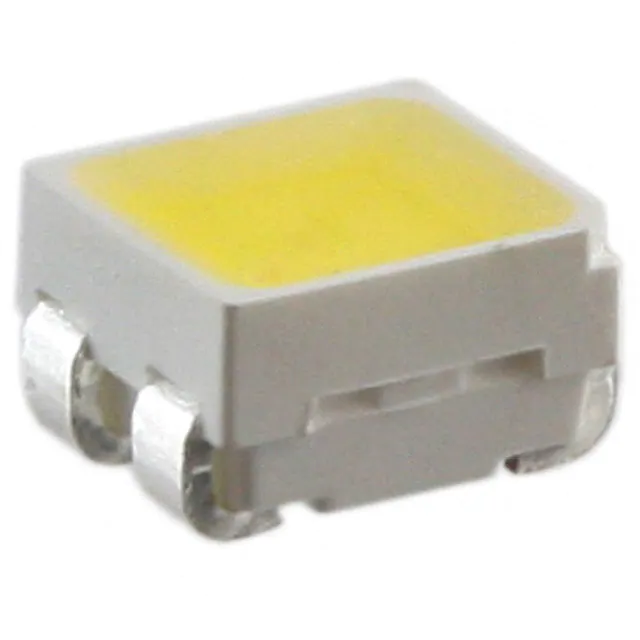 Optoelectronics
Optoelectronics








